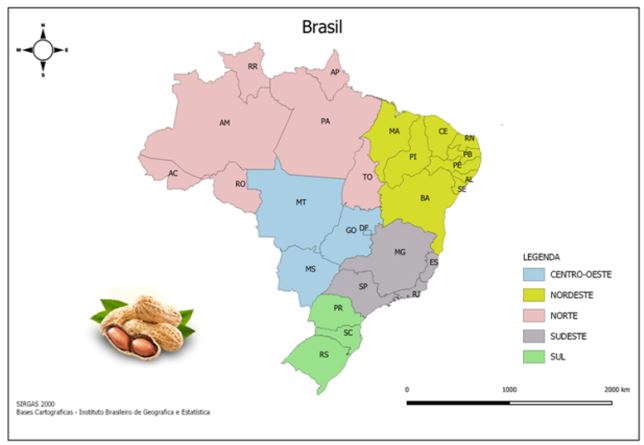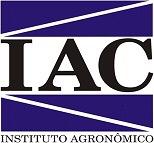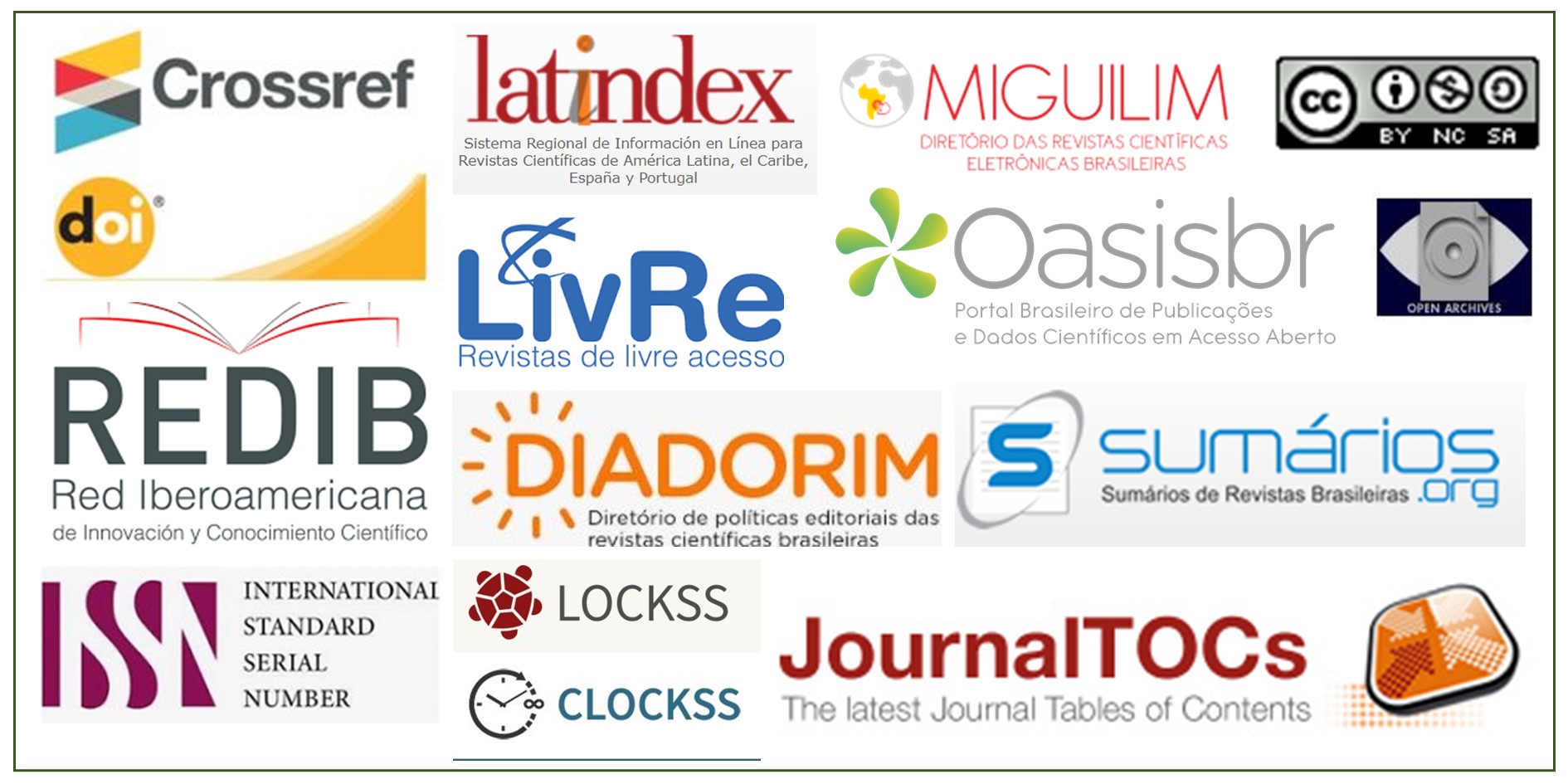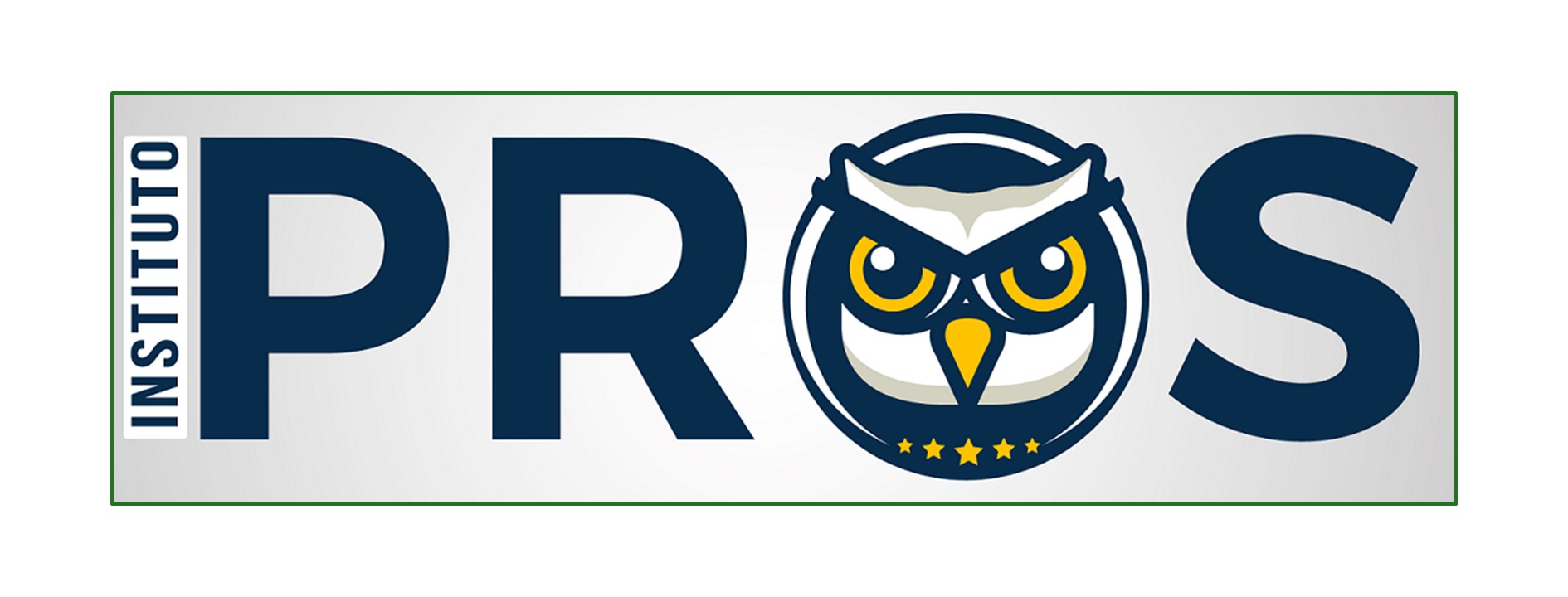Influence of peanut culture production indicators and their relationships in the organization and grouping of brazilian states
DOI:
https://doi.org/10.17648/sas.v1i1.49Keywords:
Arachis hypogaea L., Brasil, Cluster analysis, Produtividade, MultivariadaAbstract
Peanuts are one of the main oil crops in the world, presenting several products derived from their grains, such as oil, proteins and vitamins. The objective of the work was to organize the Brazilian states, according to the production indicators. The 2019 and 2020 harvests were compared using the exploratory analysis of the multivariate Cluster Analysis technique, using the hierarchical method. The variables of production, productivity and harvested area were considered for the 2019 and 2020 harvests in Brazil and in their respective states. For the formation of groups, the exploratory multivariate cluster analysis technique was used, using the hierarchical method. In general, the groups were separated in relation to the increase, constancy or decrease of these production indicators, forming the following groups: Group 1 = Tocantins (TO); Group 2 = Alagoas (AL); Group 3 = São Paulo (SP), Mato Grosso do Sul (MS), Paraná (PR), Sergipe (SE), Ceará, (CE), Piauí (PI); Group 4 = Pará (PA), Maranhão (MA), Pernambuco (PE), Bahia (BA), Minas Gerais (MG), Mato Grosso (MT), Goiás (GO); Group 5 = Rondônia (RO), Acre (AC), Santa Catarina (SC), Rio Grande do Sul (RS). In Brazil there was a great dispersion in relation to the production indicators and the multivariate study can be of great importance for producers, as it can assist in making investment decisions and collaborate with the understanding of the advance or setback of the peanut culture in the territory Brazilian.
Downloads

Downloads
Published
How to Cite
Issue
Section
License
Autores concordam com os seguintes termos:
a) Os autores mantêm os direitos autorais e concedem à revista o direito de primeira publicação, com o trabalho simultaneamente licenciado sob a LicençaAttribution-NonCommercial-ShareAlike 4.0 International, que permite o compartilhamento do trabalho com reconhecimento da autoria e publicação inicial na Revista SAS. A licença permite o uso, a distribuição e a reprodução irrestrita, em qualquer meio, desde que devidamente citada a fonte. Essa licença permite também que outros remixem, adaptem e criem a partir do seu trabalho para fins não comerciais, desde que atribuam a você o devido crédito e que licenciem as novas criações sob termos idênticos.
b) Não cabe aos autores compensação financeira a qualquer título, por artigos ou resenhas publicados na South American Sciences.
c) Os conceitos expressos nos artigos publicados na South American Sciences são de inteira responsabilidade de seus autores.








